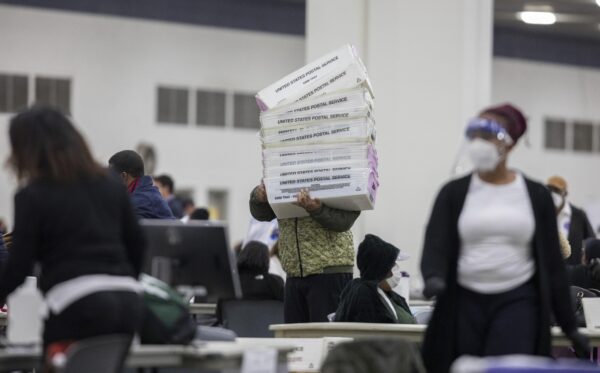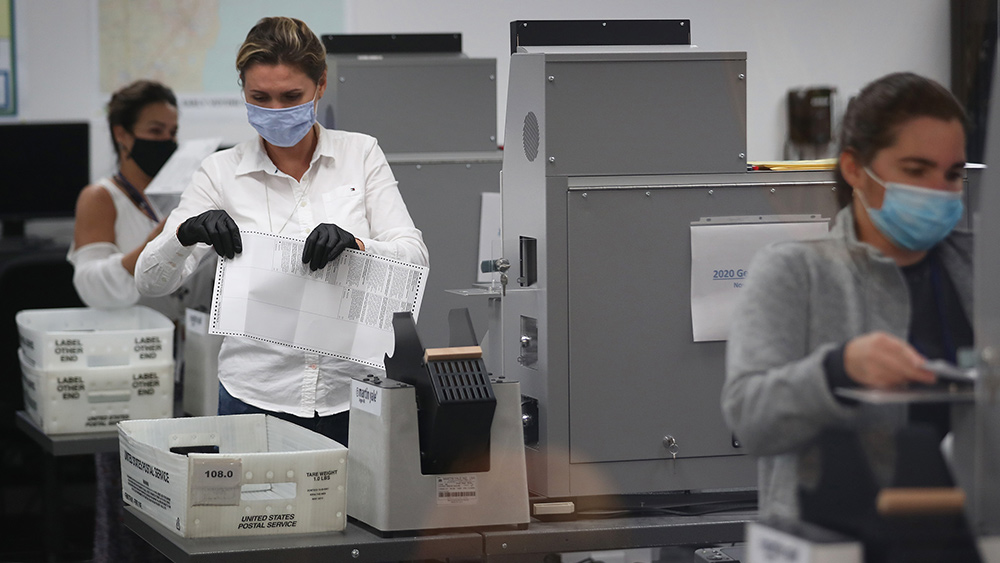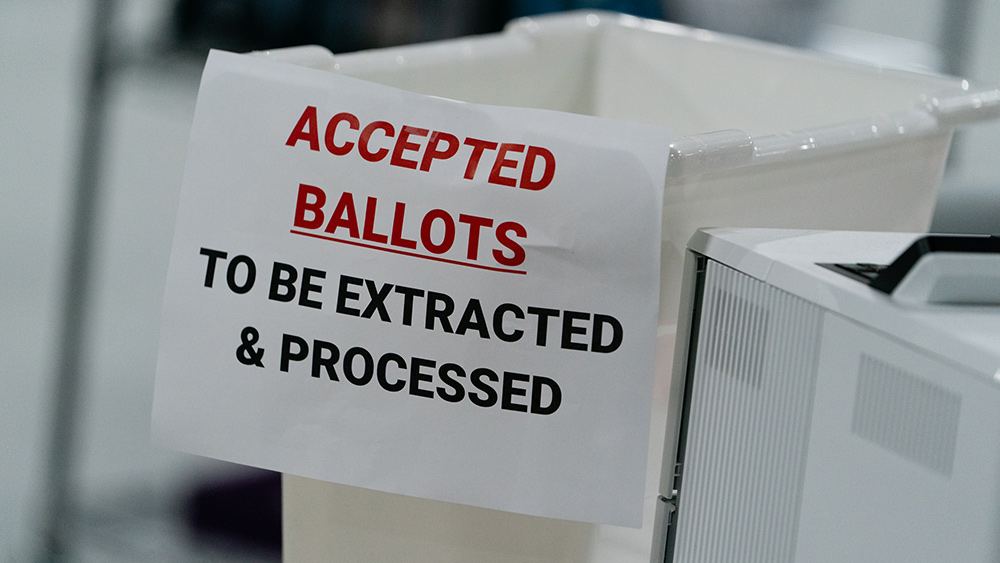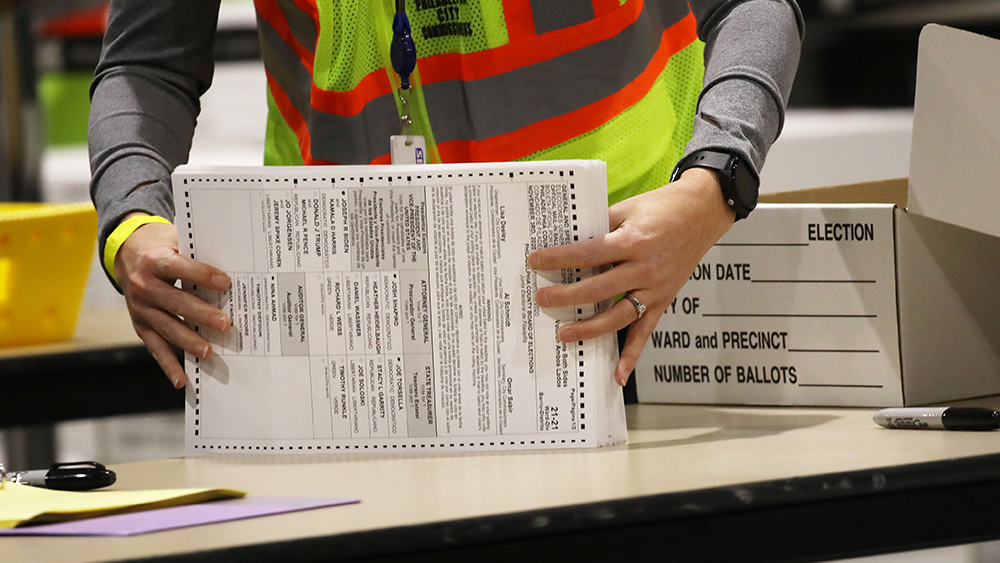Multiple studies show COVID-19 mortality rate has dropped significantly since beginning of pandemic
11/03/2020 / By Arsenio Toledo
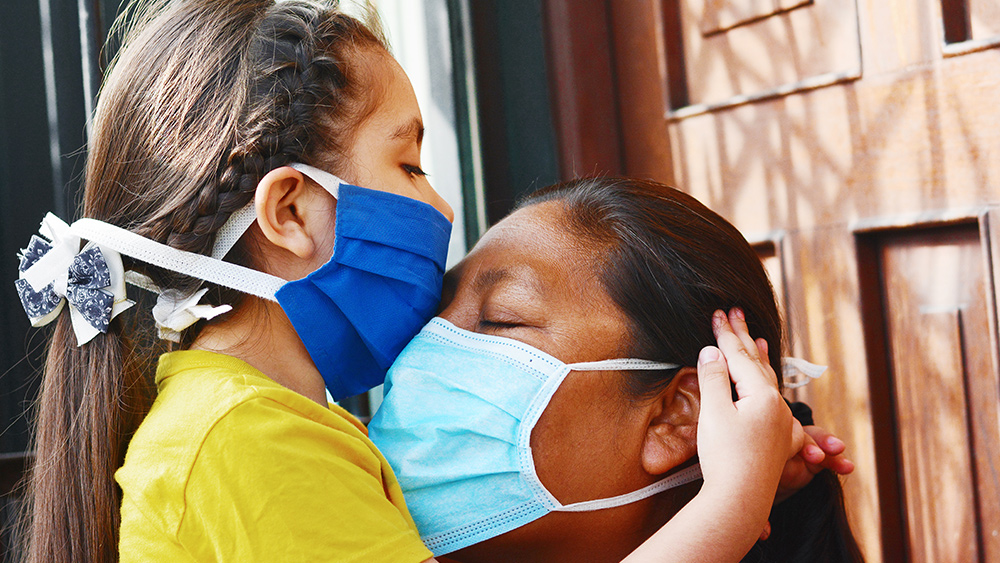
Two recently published and peer-reviewed studies — one from the United States and another from the United Kingdom — show that the mortality rate for hospitalized Wuhan coronavirus (COVID-19) patients has dropped significantly since the beginning of the widespread outbreak in both countries in March.
The first study looked at over 5,000 hospitalizations in the New York University (NYU) Langone Health System between March and August. According to the researchers, the mortality rate in March was 25.6 percent. By August, this number would decrease to 7.6 percent.
Leora Horwitz, one of the authors and an associate professor at NYU‘s Grossman School of Medicine, said that while the death rate has gone down substantially, it “is still higher than many infectious diseases, including the flu.” Furthermore, she says that the coronavirus can still be very harmful concerning its long-term health consequences.
The second study was conducted by the Alan Turing Institute, a research arm of the United Kingdom’s government. The institute, which analyzed the hospitalization cases of over 21,000 patients in England, found a similar decrease in mortality rates between March to May. Their data showed an unadjusted drop in the death rate by 20 percentage points since March.
“I would classify this as a silver lining to what has been quite a hard time for many people,” said Bilal Mateen, one of the authors of the Alan Turing Institute’s study.
“Clearly, there’s been something [that’s] gone on that’s improved the risk of individuals who go into these settings with COVID-19.” (Related: The mortality rate for COVID-19 is falling rapidly, and here’s how we can continue to improve it.)
Watch this episode of Brighteon Conversations with Mike Adams, the Health Ranger, as he talks to Dr. Sherri Tenpenny about the fake science surrounding popular COVID-19 tests.
Age of patients not the only cause of lower mortality rate
Multiple factors are contributing to the significantly lower mortality rate of COVID-19 patients. One of the first that stands out is the median age of hospitalized cases.
According to the NYU study, the median age of cases in March was 63. By August, this dropped down to 49. While the researchers agree that the coronavirus patients’ younger age has helped decrease the mortality rate, this alone cannot account for the 18 to 20-percentage-point drop in the death rate.
Horwitz and the other researchers adjusted their analyses of the data from the Langone Health System. They found that COVID-19 mortality rates dropped for all racial groups, for people with underlying conditions and even for all age groupings – including the elderly.
In early March, during the opening stages of the outbreak in the United States, people at or over 75 had a nearly 50 percent chance of succumbing to the virus once infected. By March that number had decreased to under 10 percent.
Horwitz, Mateen and other researchers like them believe this massive drop in mortalities occurs due to more than one factor.
“All of the above is often the right answer in medicine, and I think that’s the case here, too,” said Horwitz.
According to Horwitz and Mateen’s studies, the increased experience of health care workers, the decrease in the volume of COVID-19 patients in hospitals and a variety of more advanced treatment procedures are all helping to decrease the coronavirus’ mortality rate.
Khalilah Gates, a critical care pulmonologist working in Chicago, says that back in March and April, critical patients would be put on breathing machines and that’s that. Doctors would have few other options apart from enrolling critical cases in different medical trials. Now, “hoping for the best” is not their only option.
Amesh Adalja, a physician specializing in critical care, infectious disease and emergency medicine in Baltimore, says doctors like him have gotten better at recognizing if coronavirus patients are at risk of certain symptoms, such as blood clots or “cytokine storms.” Many treatment options with better outcomes have become standard practice for doctors.
“We know that when people are getting standardized treatment, it makes it much easier to deal with the complications that occur because you already have protocols in place,” said Adalja. “And that’s definitely what’s happened in many hospitals around the country.”
Factors outside of doctors’ controls also contributing to lower mortality rates
Both Horwitz and Mateen also agree that other factors that aren’t controllable by health care physicians are helping contribute to lower mortality rates.
Horowitz believes that regular mask-wearing is helping reduce the severity of the coronavirus for many patients because if they were infected while wearing a mask, the face mask most likely reduced the initial dose of the virus that the patient received.

Mateen believes that the regular wearing of face masks also helps prevent hospitals from receiving too many patients. Keeping hospitals below their maximum capacity, Mateen says, helps increase the survival rates of its current patients. If there are too many patients, the hospital staff get stretched too thin, which then leads to tired workers making mistakes or not being able to attend to the needs of all of their patients.
“The system isn’t built to operate near 100 percent,” said Mateen.
Because of these reasons, Horowitz and Mateen are strongly recommending that people wear masks and practice social distancing when indoors and among large crowds of people. The decline in the mortality rate is good, but the coronavirus is still a deadly disease, and people are being asked to do their part to make sure the pandemic ends as soon as possible.
Sources include:
Submit a correction >>
Tagged Under:
China, coronavirus, coronavirus policy, covid-19, death rate, elderly, Fatalities, flu, health policy, hospital policy, infections, mortality rate, outbreak, pandemic, research, superbugs, virus
This article may contain statements that reflect the opinion of the author
RECENT NEWS & ARTICLES
Trump.News is a fact-based public education website published by Trump News Features, LLC.
All content copyright © 2018 by Trump News Features, LLC.
Contact Us with Tips or Corrections
All trademarks, registered trademarks and servicemarks mentioned on this site are the property of their respective owners.





